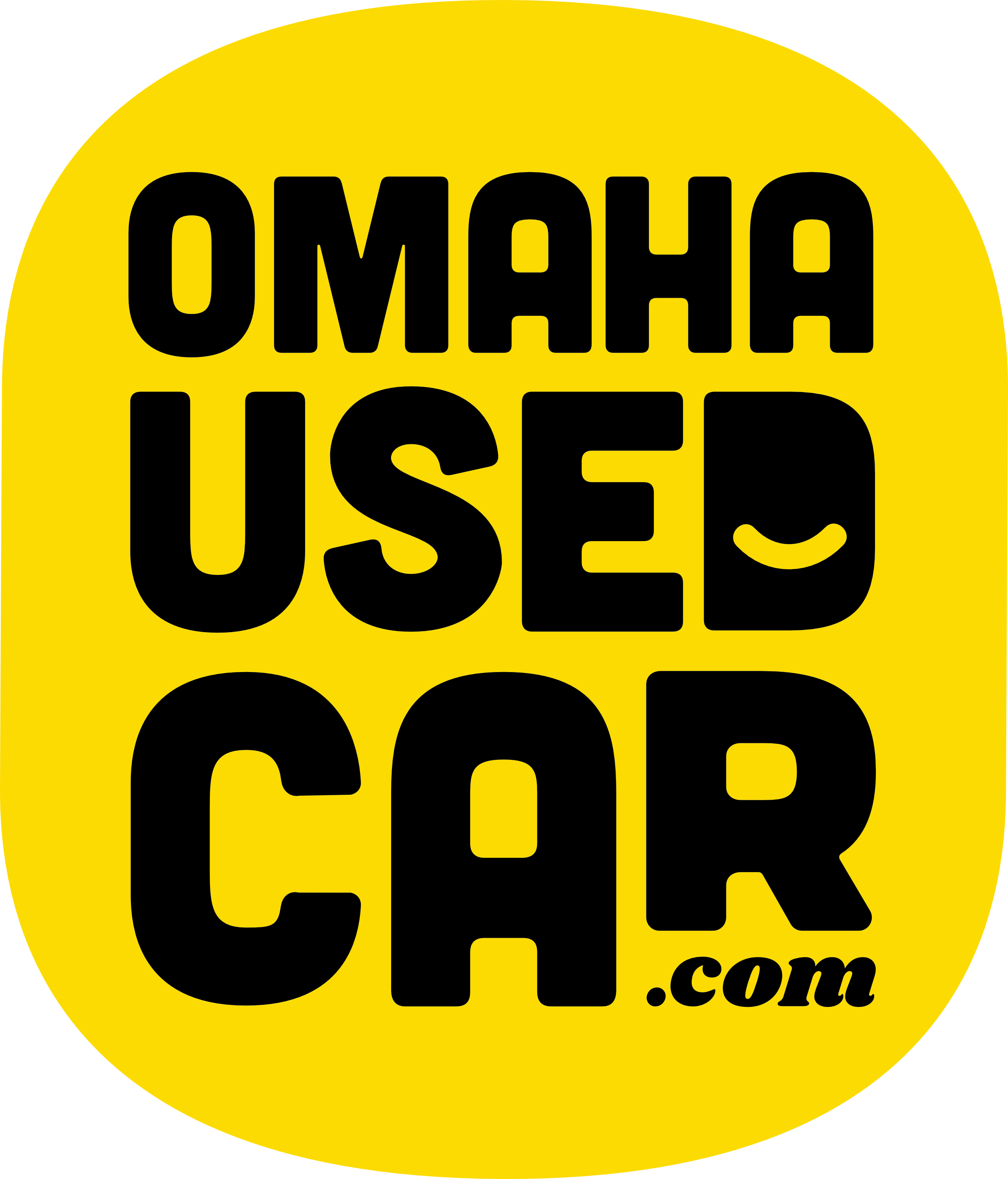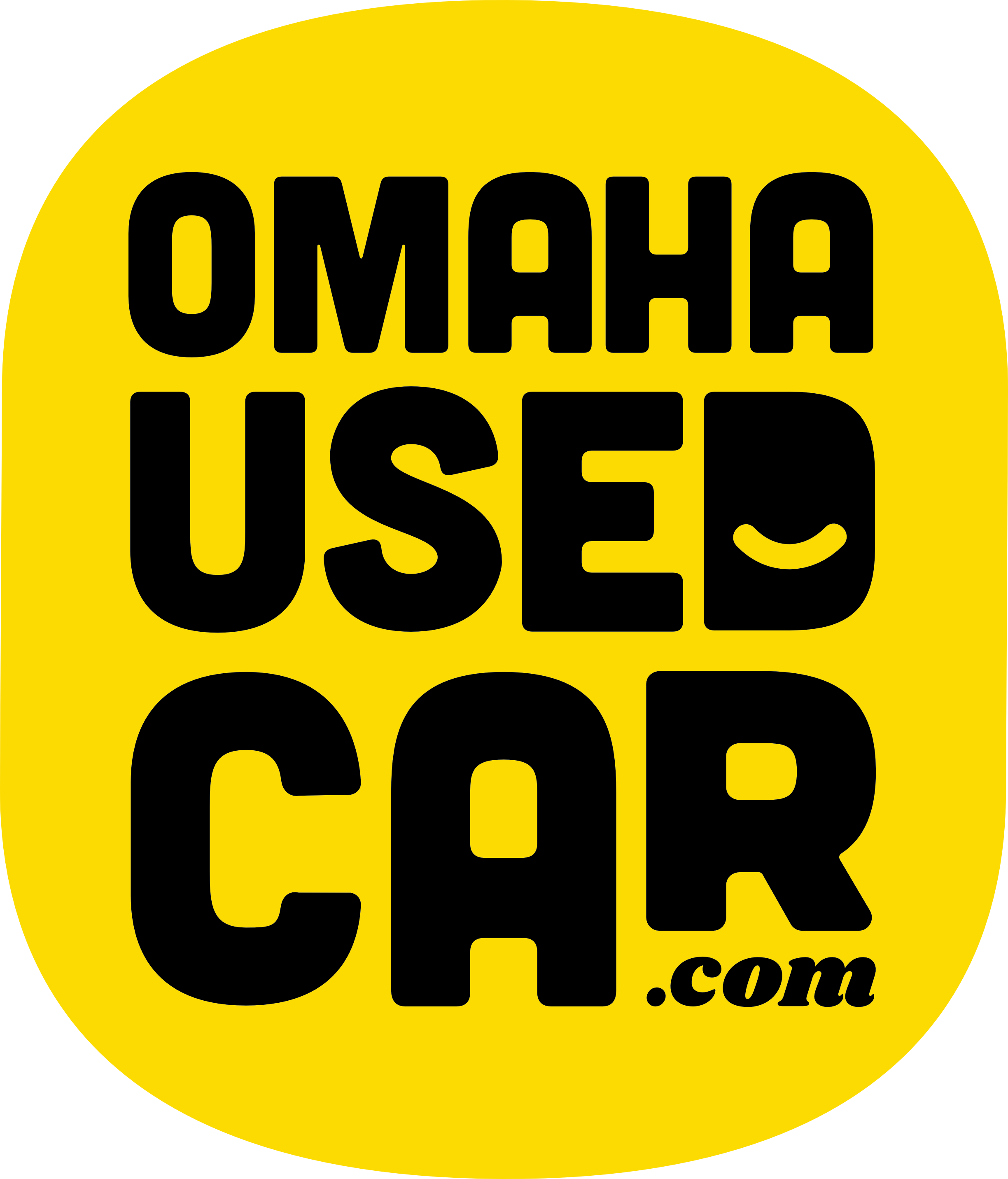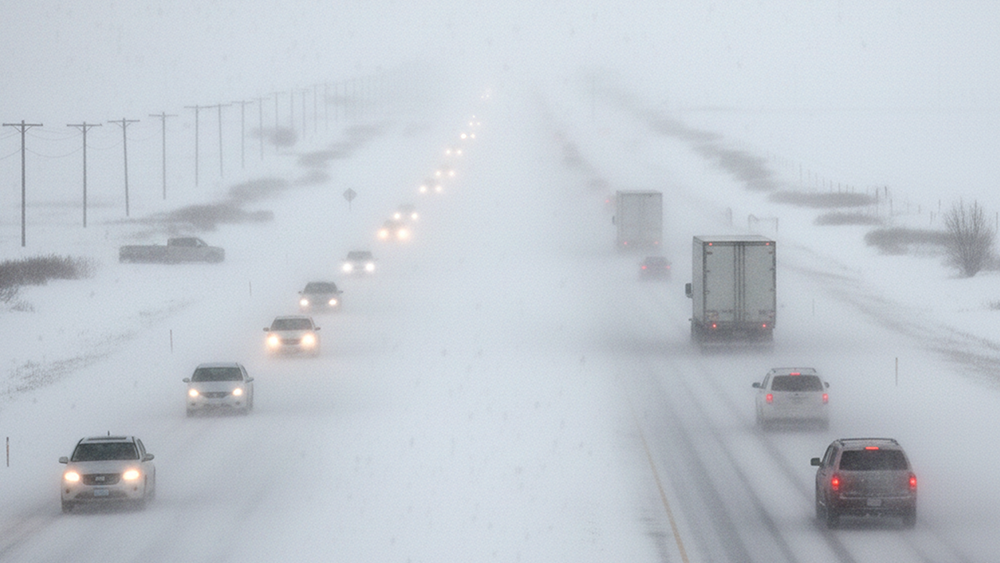If you've lived in Omaha for more than one winter, you know exactly what I'm talking about.
That bone-chilling moment when you turn the key and... nothing.
Your car decides to take a snow day right when you need to get to work.
Or maybe you're sliding down Dodge Street like you're on the world's least fun ice rink, white-knuckling the steering wheel and promising yourself you'll finally get those winter tires.
Sound familiar? You're not alone.
Every year, thousands of Omaha drivers get caught off guard by Old Man Winter's arrival, despite knowing full well that Nebraska weather doesn't mess around.
But here's the thing – with a little preparation, you can avoid becoming another cautionary tale shared over coffee at your favorite local spot.
Why Omaha Winters Are Particularly Tough on Vehicles
Living in the heartland means dealing with some seriously challenging weather conditions. Omaha's winters throw everything at us: sub-zero temperatures that can drop below -10°F, sudden ice storms that turn I-680 into a skating rink, and enough snow to make you question why you didn't move somewhere warmer.
These conditions create a perfect storm of problems for your vehicle. Cold temperatures thicken your engine oil, making it harder for your engine to turn over. Road salt, while essential for safety, becomes your car's worst enemy, eating away at metal components faster than you can say "rust bucket." And those temperature swings we're famous for? They wreak havoc on everything from your tire pressure to your battery life.
The financial impact hits hard too. AAA reports that cold weather battery failures increase by over 400% during winter months. Add in the cost of towing, emergency repairs, and missed work days, and suddenly that winterization checklist doesn't seem so optional anymore.
Essential Winter Maintenance Tasks
Battery and Electrical System
Your battery is winter's first victim, and in Omaha's harsh conditions, even a battery that seemed fine in October can fail you by January. Cold weather reduces your battery's capacity by up to 50%, while simultaneously making your engine harder to start.
Start by having your battery tested at any local auto parts store – most will do it for free. Look for signs of corrosion around the terminals, which appears as a white or blue-green buildup. Clean terminals with a mixture of baking soda and water, then apply petroleum jelly to prevent future corrosion.
Consider the age of your battery too. If it's more than three years old, replacement might be your best insurance policy against those dreaded cold morning failures. When shopping for a new battery, look for one with high cold cranking amps (CCA) – this rating tells you how well the battery performs in freezing temperatures.
Tire Preparation and Safety
Here's where many Omaha drivers make a costly mistake: assuming all-season tires are enough. While all-seasons work adequately in mild winter conditions, they lose significant grip once temperatures consistently drop below 45°F. The rubber compounds literally harden, reducing traction when you need it most.
Winter tires aren't just about tread pattern – they're made with special rubber compounds that stay flexible in cold temperatures. If winter tires aren't in your budget, at minimum ensure your current tires have adequate tread depth. The penny test works, but for winter driving, you want at least 4/32" of tread depth for decent performance.
Don't forget about tire pressure, which drops roughly 1 PSI for every 10-degree temperature decrease. That means if you set your pressure at 32 PSI in September when it was 70°F, you could be driving on underinflated tires by 25-30 PSI once January hits. Check your pressure weekly during winter months, and always check when tires are cold.
Fluid Levels and Quality
Your vehicle's fluids are its lifeblood, and winter puts extra demands on every single one. Engine oil thickens in cold weather, making your engine work harder during startup – those first few seconds after starting are when most engine wear occurs.
Consider switching to a lower viscosity oil for winter months. If you typically use 10W-30, switching to 5W-30 can improve cold weather starting. Synthetic oils perform even better in extreme temperatures, maintaining their protective properties when conventional oils become sluggish.
Coolant becomes critically important when temperatures drop below freezing. A 50/50 mix of antifreeze and water protects down to about -34°F, which covers most of what Omaha throws at us, but extreme cold snaps can push below this threshold. Have your coolant tested and consider upgrading to a 60/40 mix for extra protection.
Advanced Winter Preparation Strategies
Emergency Kit Essentials
Every Omaha driver should carry a winter emergency kit, but not just any collection of random items thrown in your trunk. Your kit should be specifically designed for the realities of Nebraska winter driving.
- Warm clothing and blankets – Pack items you can layer, including waterproof outer layers
- Non-perishable food and water – Energy bars, nuts, and bottled water (store water in the passenger compartment so it doesn't freeze)
- Emergency communication tools – Fully charged portable phone charger, emergency radio, whistle
- Vehicle safety items – Road flares or LED emergency beacons, reflective triangles, tow strap
- Winter driving tools – Ice scraper with brush, small shovel, bag of sand or cat litter for traction
The key is organization and accessibility. Store everything in a waterproof container and make sure family members know where it's located and how to use each item.
Professional Maintenance Services
While many winterization tasks can be DIY projects, some require professional attention. A pre-winter inspection by a qualified mechanic can catch problems before they strand you on West Dodge during a blizzard.
Professional services should include a comprehensive battery and charging system test, cooling system pressure test, and inspection of belts and hoses that might fail in cold weather. Many Omaha service centers offer winter preparation packages that bundle these services at a discount.
Timing matters too. Don't wait until the first snowfall to schedule your appointment. October through early November is ideal, giving you time to address any issues before the harsh weather hits.
Local Omaha Resources and Considerations
Living in Omaha means understanding our unique driving challenges. The Missouri River creates microclimates that can make weather unpredictable. West Omaha might be clear while downtown deals with freezing rain. Interstate 680's elevation changes create ice hazards that catch even experienced drivers off guard.
Take advantage of local resources like the Douglas County Emergency Management weather alerts and the Nebraska Department of Transportation's road condition updates. These services provide real-time information that can help you make informed decisions about when to drive and which routes to take.
Many local auto parts stores and service centers understand Nebraska weather challenges and stock appropriate supplies. Don't hesitate to ask for advice – local mechanics have seen every winter driving disaster imaginable and can offer insights specific to our climate and road conditions
Common Winter Driving Myths Debunked
Let's clear up some dangerous misconceptions that circulate every winter. First, four-wheel drive doesn't make you invincible – it helps you get moving but doesn't help you stop any faster on ice. Many of the vehicles you see in ditches along I-80 during winter storms are trucks and SUVs whose drivers overestimated their capabilities.
All-wheel drive systems provide better traction than two-wheel drive, but they're not magic. They work best when combined with proper tires, cautious driving, and realistic expectations about road conditions.
Another myth: letting your car "warm up" for 10-15 minutes before driving. Modern engines don't need extended warm-up periods and actually warm up faster when driven gently. Extended idling wastes fuel, increases emissions, and in extreme cold, can actually cause more engine wear than driving.
Making Winter Preparation a Family Priority
Winterizing your vehicle shouldn't be a solo endeavor. Get your whole family involved in the process – it's an excellent opportunity to teach driving-age children about vehicle maintenance and safety. Show them how to check tire pressure, where emergency supplies are stored, and what to do if they encounter problems while driving.
Create a family emergency plan that includes vehicle preparation as one component. Make sure everyone knows what supplies are in your emergency kit, how to contact roadside assistance, and what to do if they become stranded.
Consider the specific needs of your household too. If you have elderly family members or young children, your emergency supplies might need to include medications, special foods, or extra warm clothing sized appropriately.
Conclusion: Don't Let Winter Catch You Off Guard
Preparing your vehicle for Omaha's winter isn't just about avoiding inconvenience – it's about keeping yourself and your loved ones safe during some of the most challenging driving conditions in the country. The time and money you invest in proper winterization pale in comparison to the costs of emergency repairs, towing, or worse, an accident caused by inadequate preparation.
Start your preparation now, before the first hard freeze catches you off guard. Create a checklist, gather your supplies, and schedule that professional inspection. Your future self – the one not standing in a parking lot at 6 AM trying to jump-start a dead battery while snow falls – will thank you.
Remember, winter driving in Nebraska isn't about having the biggest truck or the most expensive car. It's about preparation, respect for the conditions, and understanding that Mother Nature always has the final say. Prepare accordingly, drive carefully, and you'll navigate another Omaha winter safely.


